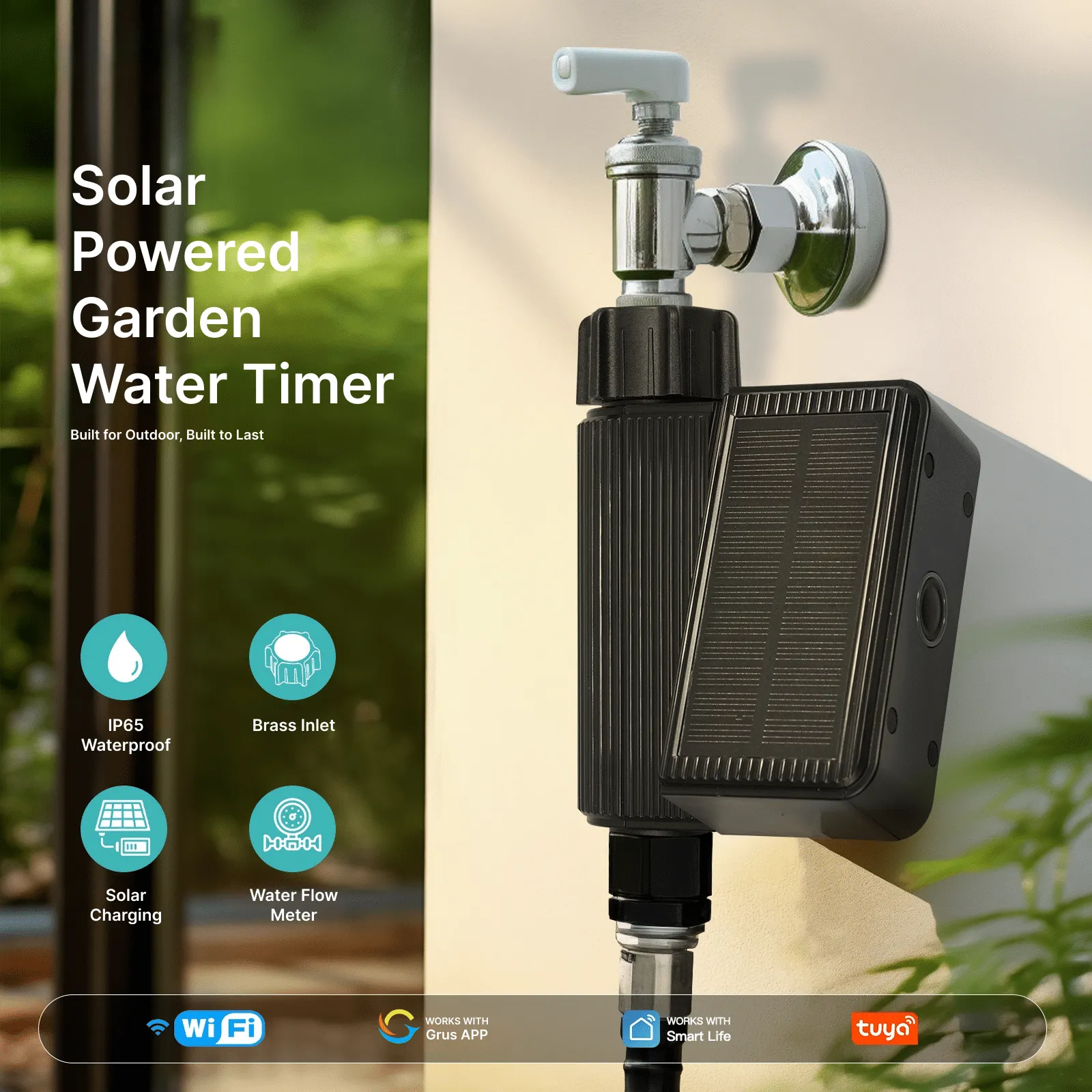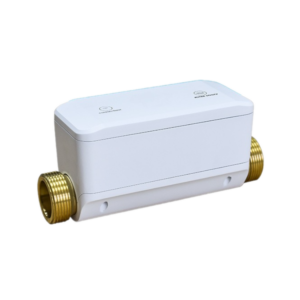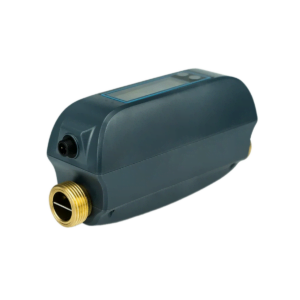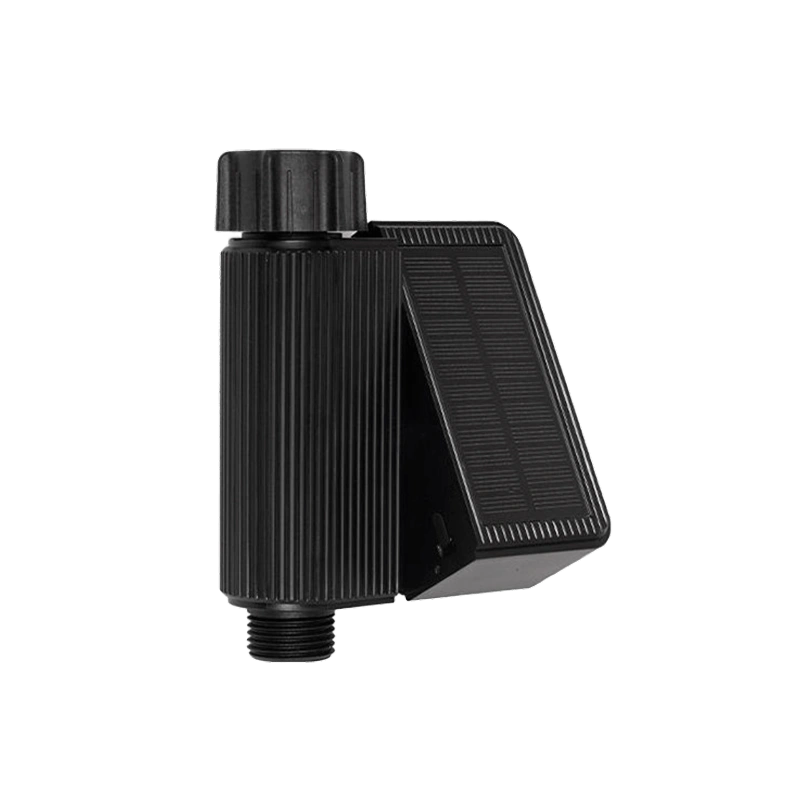日が短くなり、気温が下がるにつれ、芝生は冬に向けて準備を始めています。秋は、春に芝生が濃く、緑豊かで健全な姿に戻るか、それとも薄く、斑点状で雑草だらけになるかを決める季節です。朗報です。秋の芝生の手入れを少し行うだけで、庭を美しく整えることができます。
芝生の種類を知る
すべての芝生が同じというわけではなく、秋の芝生の手入れは庭に何が生えているかによって異なります。
- 冷季型草ケンタッキーブルーグラス、ライグラス、フェスクなど、これらの植物は北部の州で最もよく育ちます。涼しい気候を好み、生育の大部分は秋に行われます。秋は肥料を与え、種をまき、株を修復する時期です。
- 暖地型草本(バミューダ、セントオーガスティン、ゾイシアなど)は南部の州でよく見られます。秋になると成長が鈍くなります。ここでは、霜から守り、休眠期の間も健全な状態を保つことに重点を置きます。
初心者向けのヒント: ご自宅の芝生の種類がわからない場合は、秋にご自身の芝生をよく見てみてください。隣の庭が緑のままなのに、こちらが茶色くなっている場合は、暖地型芝生である可能性が高いです。
秋の芝生のお手入れチェックリスト
以下に、実行できる簡単な ToDo リストを示します。
- 最初の霜が降りるまで芝刈りを続けます(ただし、刃を少し下げます)。
- 落ち葉を熊手で集めるか、敷き詰めてください。芝生を覆い尽くさないようにしましょう。
- 土壌が固まっているように感じる場合は、空気を送り込んでください。
- 来春、芝生をより豊かにするために、芝生のない場所に再び種をまきます。
- 涼しい季節の芝生に肥料を与えて、強い根を育てます。
- 秋が乾燥している場合はたっぷりと水をやります。
- 庭のホースを外し、屋外の蛇口が凍結しないように保護します。
これらの手順をいくつか実行するだけでも、春には庭に感謝されるでしょう。
止まるまで芝刈りを続ける
多くの住宅所有者は、レイバーデーで芝刈りシーズンが終わると考えています。しかし、それは間違いです!芝刈りは今でも家の最も重要な部分の一つです。秋の芝生の手入れ.
- 芝刈りの頻度芝の成長が止まるまで、7~10日ごとに芝刈りを続けます。ほとんどの地域では、最初の厳しい霜が降りるまで刈り続けることになります。
- 最適な刈り取り高さ:
- 寒地型芝:芝刈り機の刃の高さを、夏は約7.6~8.8cm、晩秋には5~6.3cmに徐々に下げます。こうすることで、芝生が雪に埋もれるのを防ぐことができます。
- 暖地型芝: 推奨される高さ(通常は 1.5 ~ 2 インチ程度)を維持します。
- DIY初心者向けヒント一度に芝の3分の1以上を刈らないでください。一度に短く刈りすぎると芝生に負担がかかり、雑草が生えやすくなります。
秋に適切に芝刈りをすると、雪かびが発生する可能性が低くなり、冬の間中見た目がきれいになり、春にはすぐに回復します。
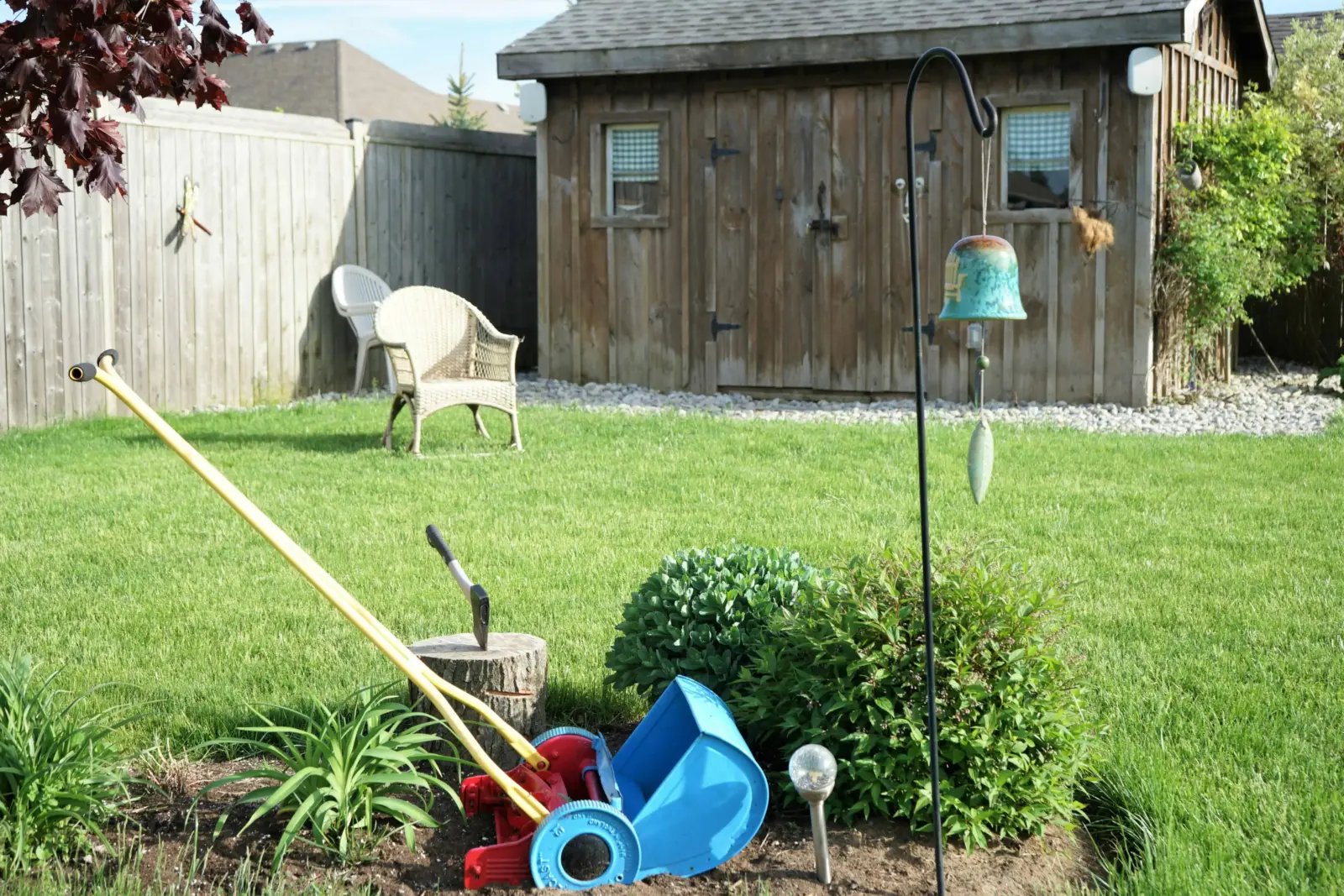
落ち葉を熊手で集めてマルチングする
落ち葉は見た目は美しいですが、芝生に放置しておくと芝生を窒息させてしまいます。日光を遮り、湿気を閉じ込め、病気の発生に最適な環境を作り出してしまいます。
オプションは次のとおりです:
- 掻き集め: 定番の方法。熊手を持って毎週落ち葉を片付けましょう。良い運動になり、庭をきれいに保ちます。
- 芝刈り機でマルチング現代の芝刈り機の多くは、葉を細かく切り刻むことができます。マルチングされた葉は冬の間分解され、土壌に有機物を与えます。米国環境保護庁葉を埋め立て地に送るのではなく、マルチングしたり堆肥にしたりすることを推奨しています。
- 袋詰め: マルチングするには落ち葉が多すぎる場合は、芝生用袋に入れて集めましょう。地域の規則を確認してください。多くの町では、落ち葉の回収や堆肥化プログラムを実施しています。
初心者向けDIYハック: 熊手が大変だと感じたら、庭が雪で埋まるまで待たずに、熊手や芝刈り機で軽くこまめに掃き集めると作業が楽になります。
🍂秋の芝生チェックリストのお知らせ芝生の上に、厚く湿った落ち葉を放置しないでください。根が窒息し、春までに芝生がむき出しになってしまいます。
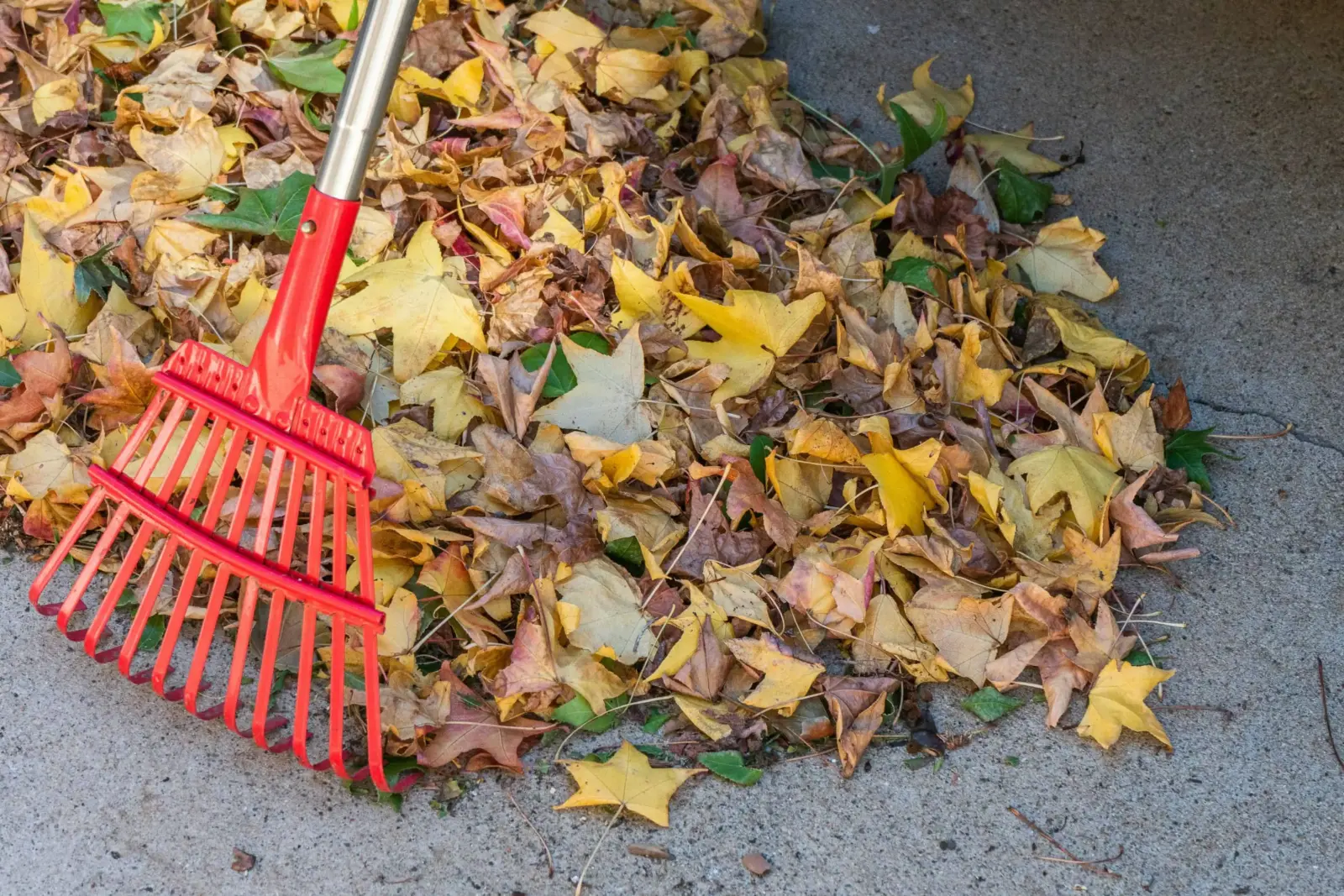
土壌に空気を送り込む
夏の間、子供たちが遊び、ペットが走り回り、バーベキューの人通りが増えると、芝生の土は固まってしまいます。固まった土は、水、空気、栄養分が根に届きにくくなります。だからこそ、秋こそ芝生の手入れに最適な時期なのです。芝生に空気を入れる.
- エアレーションとは何ですか?
エアレーションとは、土壌に小さな穴を開けて土壌をほぐすことです。そうすることで、芝生の根がより深く、より強く成長できるようになります。 - やり方:
- コアエアレーター(最適な方法):小さな土塊を抜き取ります。園芸用品店やホームセンターでレンタルできます。
- スパイクエアレーター(簡単だが効果は低い):地面に穴を開ける。狭い庭に適しています。
- DIY初心者向けヒント: スパイクシューズを履いて歩き回っても、何もしないよりはましです!
- ベストタイミング: 草が活発に成長する初秋から中秋にかけて、一度エアレーションを行います。
十分に空気を含んだ芝生は肥料や水をよりよく吸収し、根が冬を乗り越えて春によく成長できるようにします。
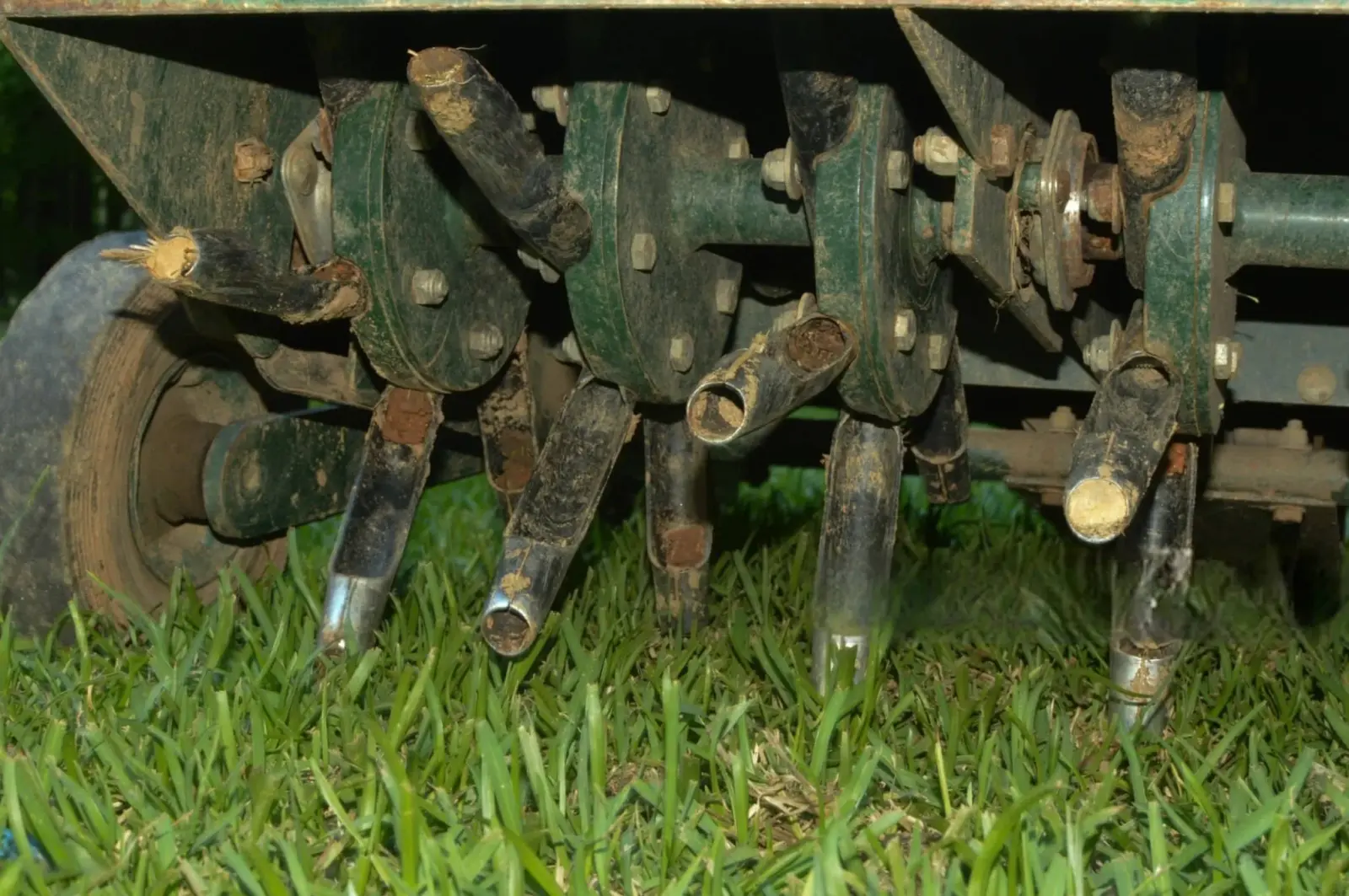
裸地に種をまく
芝生に何も生えていない部分は見た目が悪いだけでなく、雑草が生い茂る絶好のチャンスです。秋は芝生をきれいにするのに最適な季節です。オーバーシード涼しい気温と秋の雨が新しい草の発芽を促すからです。
- 適切な種を選ぶ芝生の種類(冷地型または暖地型)に合わせて選びましょう。初心者の方は、種子のラベルに適切な地域と必要な日光量が記載されています。
- エリアを準備する:
- 土を熊手でほぐします。
- ゴミや枯れた草を取り除きます。
- 手または散布機で種を均等に散布します。
- 仕上げに鳥から種子を守るために、土や堆肥を薄くかぶせます。
- 水やり苗が根付くまで、土壌を湿らせておきます(ただし、水浸しにならないように)。1日に1~2回、軽く水をやるのが効果的です。
秋の芝生のお手入れのヒントオーバーシーディングとエアレーションを組み合わせましょう。エアレーションによって生じた穴は、種子が定着して成長するのに最適な場所となります。
🌱 春までに、薄い部分が埋まり、手入れが簡単な厚くて青々とした芝生になります。
秋に肥料を与える
芝生に年に1回しか肥料を与えない場合は、秋に施肥しましょう。今施肥することで、芝生に必要な栄養が供給されます。冬前に強い根を張る春のように葉の成長を促すのではなく、秋の肥料は根の強さと病気への抵抗力を重視します。
- 肥料を与えるのに最適な時期9月下旬から11月頃、地面が凍る約2~3週間前。
- 何を使うか:
- 「秋用」または「冬用」と表示されている肥料を探してください。
- 窒素(根の発育に)とカリウム(ストレス耐性に)を多く含むものを選びましょう。
- 応募方法: 均一に散布するには、散布機またはドロップスプレッダーを使用してください。袋の指示をよく読んでください。肥料が多すぎると芝生が焼けてしまう可能性があります。
DIY初心者向けヒント: 肥料を与えた後は、芝生に軽く水をかけて栄養分が浸透するようにします。
秋の給餌は最も簡単なものの一つです芝生のお手入れのヒント春には大きな成果が生まれます。休眠から目覚めた芝生は、より青々と、より強く、より早く成長します。
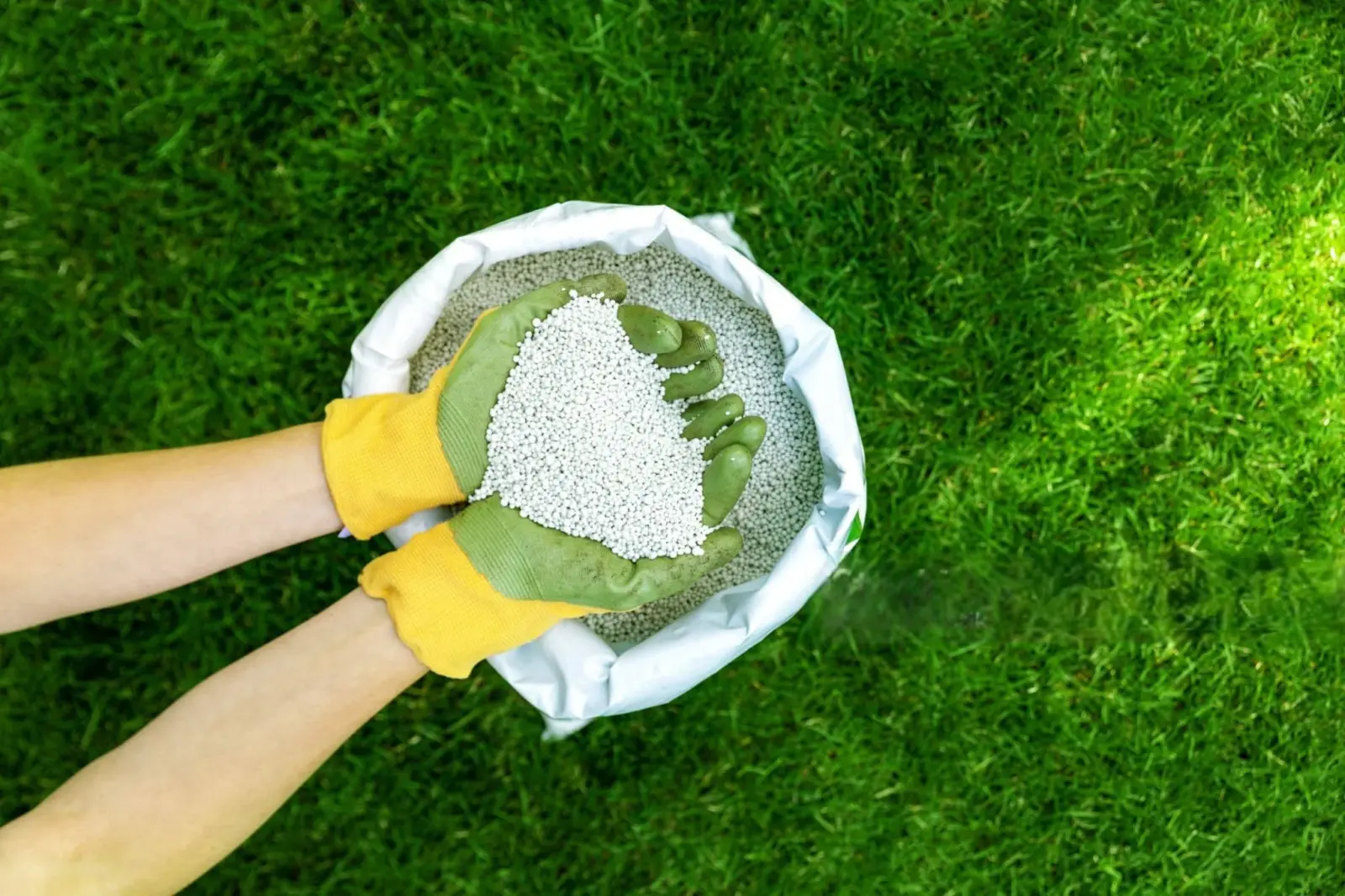
深く水をやる
外が涼しくなったからといって、芝生に水やりが必要なくなるわけではありません。実際、秋になると多くの庭が乾燥してしまうのは、家の人がスプリンクラーを早めに止めてしまうためです。芝生の根は冬に備えて水分を必要としています。
- 水やりの量: 雨水または灌漑により、1 週間あたり約 1 インチの水を供給することを目指します。
- 水やりに最適な時間早朝が理想的です。蒸発を抑え、芝生が一晩中湿ったままになるのを防ぎます(湿ったままだと病気の原因になります)。
- DIY初心者向けトリック: 水やりをするときは、空のツナ缶を芝生の上に置きます。2.5cmほど水を入れたら完了です。
秋の芝生チェックリストのお知らせ地面が凍るまで散水を続けてください。その後は、凍結や破裂を防ぐため、ホースを外し、屋外の蛇口を閉めてください。
💧 冬に十分に水分を補給した芝生は、霜害に対してより耐性があり、春にはより豊かに成長します。
簡単なコツ:水やりをしながら空のツナ缶を芝生の上に置いておきます。満タンになったら狙いを定めたことになります。より正確に水やりをするには、太陽光発電スマートホースタイマー水のやりすぎを防ぐために自動的に停止します。
芝生と屋外の水の冬支度
秋の芝生の手入れは、芝生そのものだけではありません。スプリンクラーシステム、ホース、屋外の蛇口も、凍結する前に保護する必要があります。凍結したパイプは破裂したり、水漏れを起こしたりして、数百ドルの損害を引き起こす可能性があります。
方法は次のとおりです庭の給水システムを冬仕様にする:
- 屋外の蛇口を閉める– 屋外の蛇口につながる家の中の給水源を止めます。その後、屋外の蛇口を開けて、残っている水を排出します。
- ホースを外す– 可能であれば、ホースを巻き取って屋内に保管してください。ホースをつけたままにしておくと、蛇口に水が溜まり、凍結して破裂する可能性があります。
- スプリンクラーラインを排水する– 地中スプリンクラーシステムをご利用の場合は、元栓を閉めてください。すべての排水バルブを開けて水を排出してください。圧縮空気を使ってスプリンクラーシステムを「吹き飛ばす」という方法もありますが、経験がない場合は専門家に任せるのが最善です。
- 露出部分を断熱する– 蛇口やパイプスリーブ用のフォームカバーは、急激な寒波に対する安価な保険となります。
賢い住宅所有者のヒント: インストールスマートウォーターバルブ屋内またはアップグレード凍結防止機能付きスマート遮断弁これらの装置は、水漏れ、凍結、または異常な圧力を感知すると自動的に水を遮断するので、冬の間中安心してご使用いただけます。
初心者にありがちなミス(と簡単な修正方法)
たとえ良い意図を持っていても、DIY初心者の芝生管理はミスを犯しやすいものです。ここでは、よくあるミスとその回避方法をご紹介します。
- 草刈りが短すぎる
- 一度に芝を刈りすぎると芝生に負担がかかります。
- 解決策: 数回に分けて芝刈り機の高さを徐々に下げます。
- 過剰な施肥
- 「餌が多ければ芝生も良くなる」と考えます。
- 解決策:袋の指示に従ってください。肥料を多く入れすぎると、芝生が焼けたり、地下水が汚染されたりする可能性があります。
- 葉っぱの掃除を省略
- 葉を厚く残して「自然に分解」させます。
- 解決策: 軽い層はマルチングし、重い層は熊手または袋に入れます。
- 間違った時間に水をやる
- 夜間に水をまくと病気が発生しやすくなります。
- 解決策: 1 週間あたり約 1 インチを目標に、早朝に水をやります。
- 給水システムを冬季化しない
- 最初の凍結前にホースやスプリンクラーを止めて水を抜くのを忘れる。
- 解決策: 早めに排水し、バックアップ用のスマート遮断バルブを検討してください。
覚えておいてください:芝生の手入れは完璧である必要はありません。毎年秋に少しずつ、着実に行うことで、来春にはより健康的で緑豊かな庭が手に入ります。
月ごとの秋の芝生タイムライン
北米の各地域で時期が若干異なります。この簡単なガイドを参考に、いつ、何をすべきかを把握しましょう。
| 地域 | 9月 | 10月 | 11月 |
|---|---|---|---|
| 北部諸州(ミネソタ州、ウィスコンシン州、ミシガン州、ニューヨーク州、ニューイングランド) | エアレーション、オーバーシード、早めに肥料を与える | 芝刈り、葉の掃除、2回目の肥料を与える | 霜が降りる前に最後の草刈りをし、スプリンクラーを停止します |
| 中央州(IL, OH, PA, KS, VA) | エアレーション、オーバーシード、軽い肥料 | 芝刈り、落ち葉の清掃、水やりを続ける | 地面が凍る前に肥料を与え、蛇口を冬仕様にする |
| 南部諸州(TX, FL, GA, AZ) | 暖地型芝生の休眠準備 | 刈り取り高さを下げ、散水量を減らす | 落ち葉をかき集め、屋外の水道管を保護する |
このチャートを印刷するか、携帯電話に保存して秋の芝生チェックリスト.
本当に10月に草刈りをする必要がありますか?
はい。涼しい秋の気候でも芝は成長し続けます。特に冷涼期の芝生はそうです。成長が鈍くなるか霜が降りるまで芝刈りを続けましょう。
肥料を与えながら同時に種をまいてもいいですか?
はい、できますが、種まき用のスターター肥料を使用してください。除草剤入りの肥料は、新しい種子の発芽を妨げる可能性があるため、使用しないでください。
種をまいた後はどのくらいの頻度で水をやればいいですか?
種が発芽するまでは、1日に1~2回、軽く水をやりましょう。発芽後は、水やりの頻度を減らし、より深く水をやりましょう。
DIYスプリンクラーの吹き出しは安全ですか?
必ずしもそうではありません。適切な器具を使わずに圧縮空気を使用すると、バルブや配管が損傷する可能性があります。ほとんどの住宅所有者は、配管の排水を手動で行うか、専門家に依頼する方が賢明です。
パイプの凍結を防ぐ最も簡単な方法は何ですか?
屋外の蛇口や排水ホースを閉め、フォームカバーを取り付けましょう。家全体を保護したい場合は、スマート遮断弁温度が下がったり水漏れが起きたりすると自動的に水を止めます。
最終的な考えとCTA
秋の芝生の手入れは複雑である必要はありません。以下の基本に重点を置きましょう。
- 霜が降りるまで草刈りを続けます。
- 落ち葉を熊手で集めたり、敷き詰めたりします。
- 薄い部分に空気を送り込み、種をまきます。
- 根を強くするために肥料を与えます。
- 地面が凍るまで水をやります。
- 屋外の水道管を保護します。
毎週末少しずつ手入れをすれば、春までには手入れが楽な、濃い緑の芝生が手に入ります。
💡住宅所有者のためのプロのヒント水道管と灌漑システムを忘れないでください。水道管の凍結は、冬の災害の中で最も高額な損害の一つです。スマート水遮断弁凍結や水漏れを感知すると自動的に水を止めて家を守ります。
👉スマートウォーター遮断ソリューションの詳細この冬、家を守るのがいかに簡単かをご覧ください。
